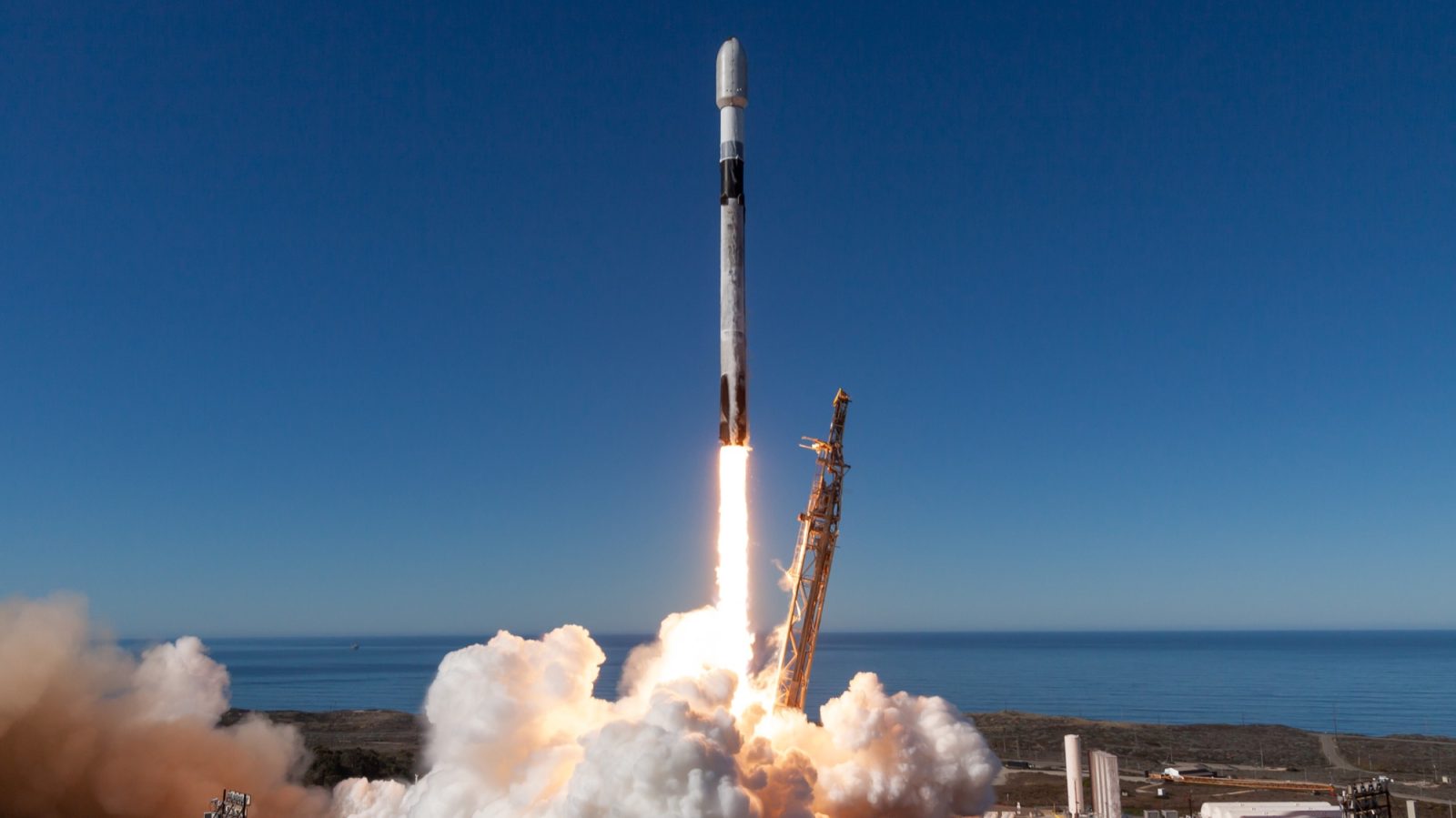
The Australian airliner Qantas has reported that it has had to delay flights between Johannesburg and Sydney when SpaceX launches its rockets. This has caused hours of delays as SpaceX continues to ramp up its launch cadence.
Quantas makes the 14-hour flight between Sydney on its East Coast and Johannesburg, South Africa, almost daily. Using the gigantic Airbus A380 double-decker aircraft, the flight can carry hundreds of passengers in a single journey.
What is also slowly hitting that near-daily rate are SpaceX launches from one of its four launch sites. What comes up must come down, and both those satellites and rocket stages eventually reenter. While SpaceX has designed the Starlink satellites to completely burn up, rocket stages tend to be a bit more robust, especially with the engines and tanks.
This means that while SpaceX aims for unpopulated stretches of ocean to ditch their stages into, that doesn’t mean aircraft aren’t flying through it. To mitigate this, SpaceX releases marine and airspace hazard zones for pilots and boaters to see before they begin their flights.
A suborbital Starship launch can take up to a large swath of the Indian Ocean for each mission. However, the rate of these flights isn’t the issue. Starlink Group 6 and Group 12 flights happen several times a month and also have hazard zones in the Indian Ocean, specifically along the coast of South Africa.
SpaceX can launch as many as four to five Starlink missions in a single week, with some going to different orbital inclinations, but Group 6 and 12 missions accounted for 14 of the last 30 Starlink launches.
“While we try to make any changes to our schedule in advance, the timing of recent launches have moved around at late notice which has meant we’ve had to delay some flights just prior to departure,” a Qantas spokesperson told news.com.au. Some flights can be delayed for up to six hours.
“Our teams notify customers of changes to their flight as soon as we know it will be impacted. Customers generally understand this is outside of airlines’ control and that we can’t fly in the area when the rocket re-entry is taking place.”
While Starship launches are expected to move to orbital flights soon with ship catch attempts back in Texas, there’s no immediate sign that the Starlink launch cadence will reduce anytime soon. As orbital missions continue to rise worldwide, how launch providers, aviation authorities, and airlines cooperate will have to continue to evolve to ensure neither the launch provider nor airline customers are too inconvenienced as their paths intersect.
FTC: We use income earning auto affiliate links. More.




Comments